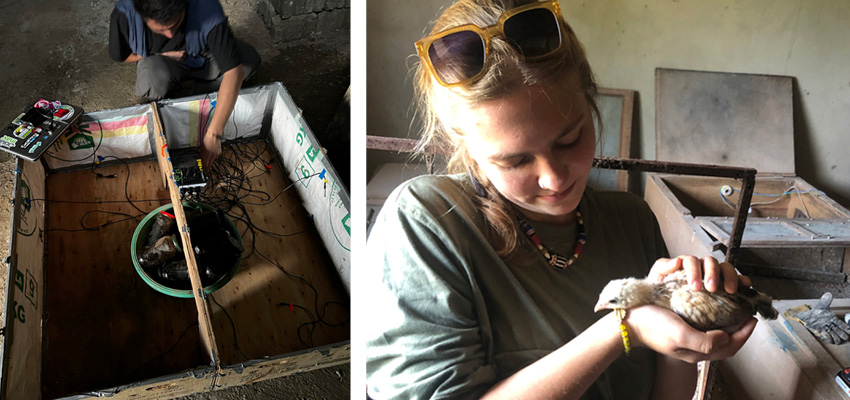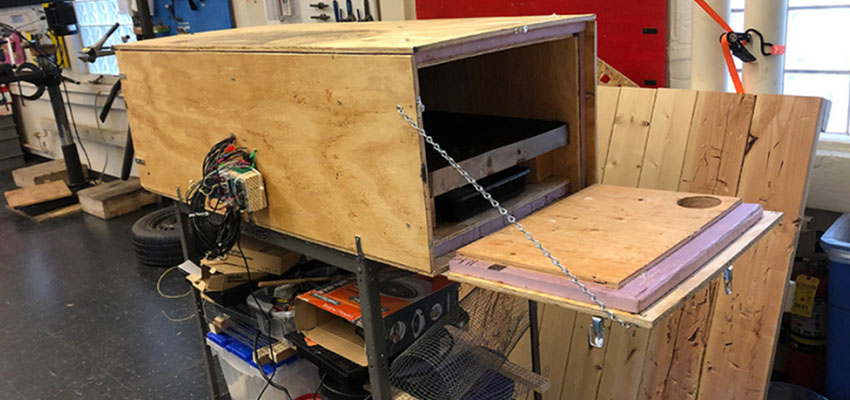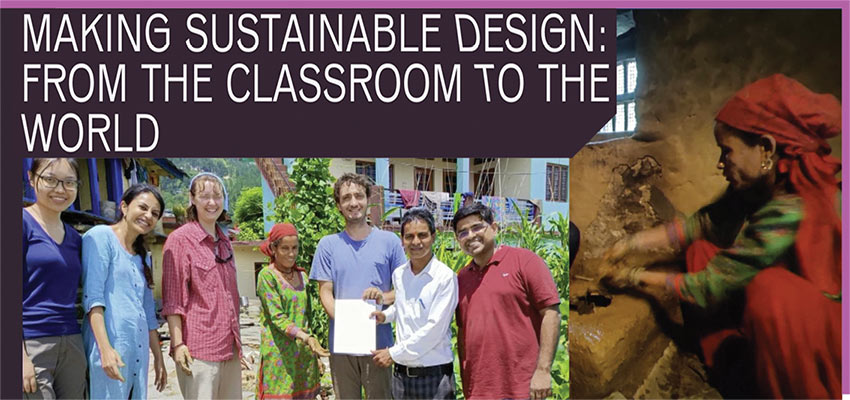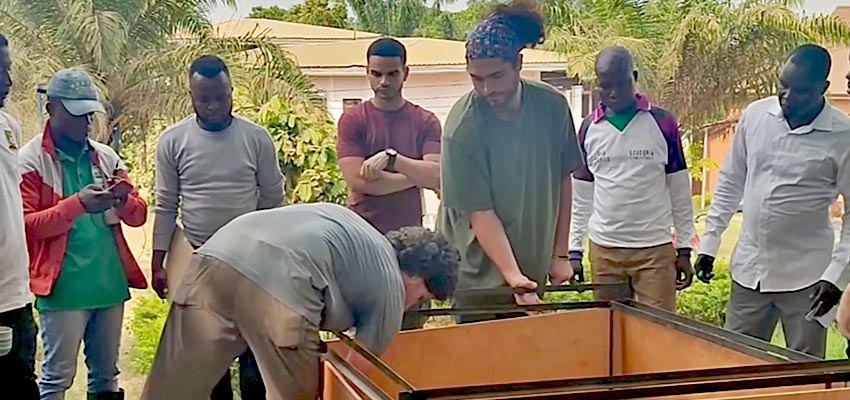
Background
Chicken farmers in Cameroon purchase and raise day-old broiler chicks from Europe for the poultry industry. Unable to self-regulate, young chicks are highly susceptible to cold temperatures, leading to an observed 28% mortality rate. Compounded with low profit margins, the death of each chick results in large financial losses for farmers.
The Clever Chicken Project has built a solar-powered brooder that uses a heating lamp. After speaking with Joel and Ramona from the Antenna Foundation and Africa Solar Generation, we identified several concerns with the current solar-powered brooder, including chick hygiene and rat predation. However, the greatest issue is its unaffordability to chicken farmers—farmers have a budget of about $700, while the box costs $1,100.
Problem framing
The most expensive components of the solar brooder included the solar PV panels, a battery, heating lamps, and other electronics in the energy conversion and storage process. Thus, our goal was to identify an inexpensive heating method that can provide chicks with a stable temperature of 30-33 °C inside an affordable brooder box that minimizes chick mortality.
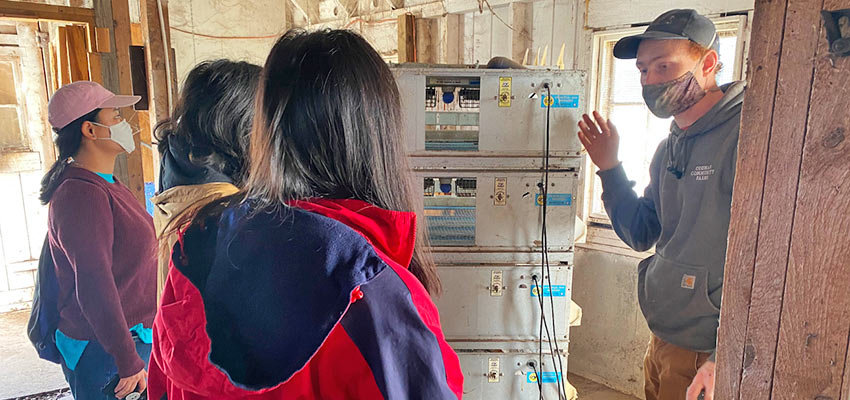
Activities conducted
For this project, we:
- Modeled and constructed a quarter-size brooder box to perform tests
- Performed financial analyses on multiple alternative heating methods (active/passive solar water heating, radiant heating, phase changing materials)
- Identified phase-changing materials (PCMs) (specifically, tetradecanol and sodium sulfate) as a potentially viable heating method
- Built a thermodynamic model of the brooder box to better understand the heat discharge of PCMs
- Conducted user research with The Antenna Foundation virtually and Codman Farms locally
- Performed temperature stability tests with PCMs in multiple configurations to determine the efficacy of PCMs as a brooder heating method.
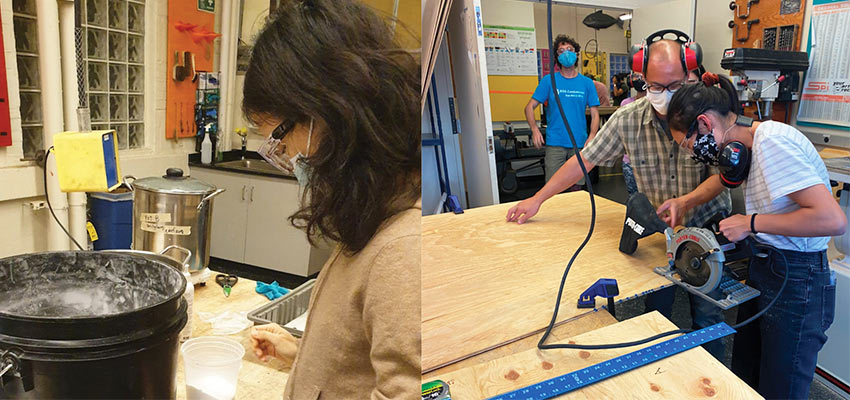
Discussion of data collected
After conducting multiple rounds of thermal testing, we validated tetradecanol and sodium sulfate decahydrate as viable heating alternatives to heat lamps and exposed flame. They have a minimum discharge period of 5 hours. This would require at least one recharge of the PCMs to keep the chicks warm throughout the night. We’ve analyzed the material mix proportions and determined that a 50/50 sodium sulfate/water mix provided a PCM with high heat capacity for thermal storage and obvious visual phase change properties that would indicate to users, without instrumentation for measurement, that the PCM is ready for use.
We determined that instead of maintaining a constant temperature within the box, a temperature gradient could be provided by positioning the PCM on the ends of the box. This would allow the chicks to move farther or closer to the PCM to regulate body temperature.
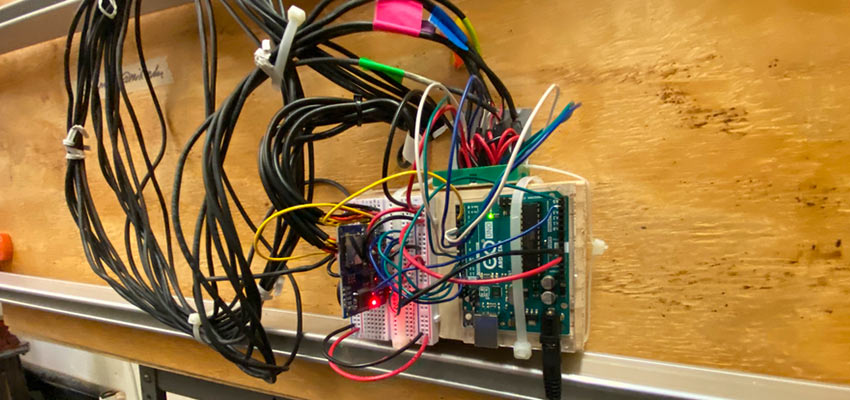
Next steps
Next steps include identifying a heating source for melting PCMs. Options we brainstormed include wood fires, solar-powered burners, and concave mirror solar cookers. Our community partners expressed preferences toward renewable energy sources.
More work is also needed on brooder user experience, both for chicks and operators. Methods of operation for the PCMs, such as length and frequency of PCM recharges, and other aspects of the brooder box, including chick safety, feeding, watering, and waste disposal, should be considered.
MIT D-Lab classes
Student projects
-
Applications of Energy in Global Development, Fall 2022
-
Applications of Energy in Global Development, Fall 2021
Community partners
- Joel Jeanloz
- Ramona Lerch
- Ramona Lerch
Contact
Eric Verploegen, MIT D-Lab Research Engineer; Evaporative Cooling Research lead; Lecturer


